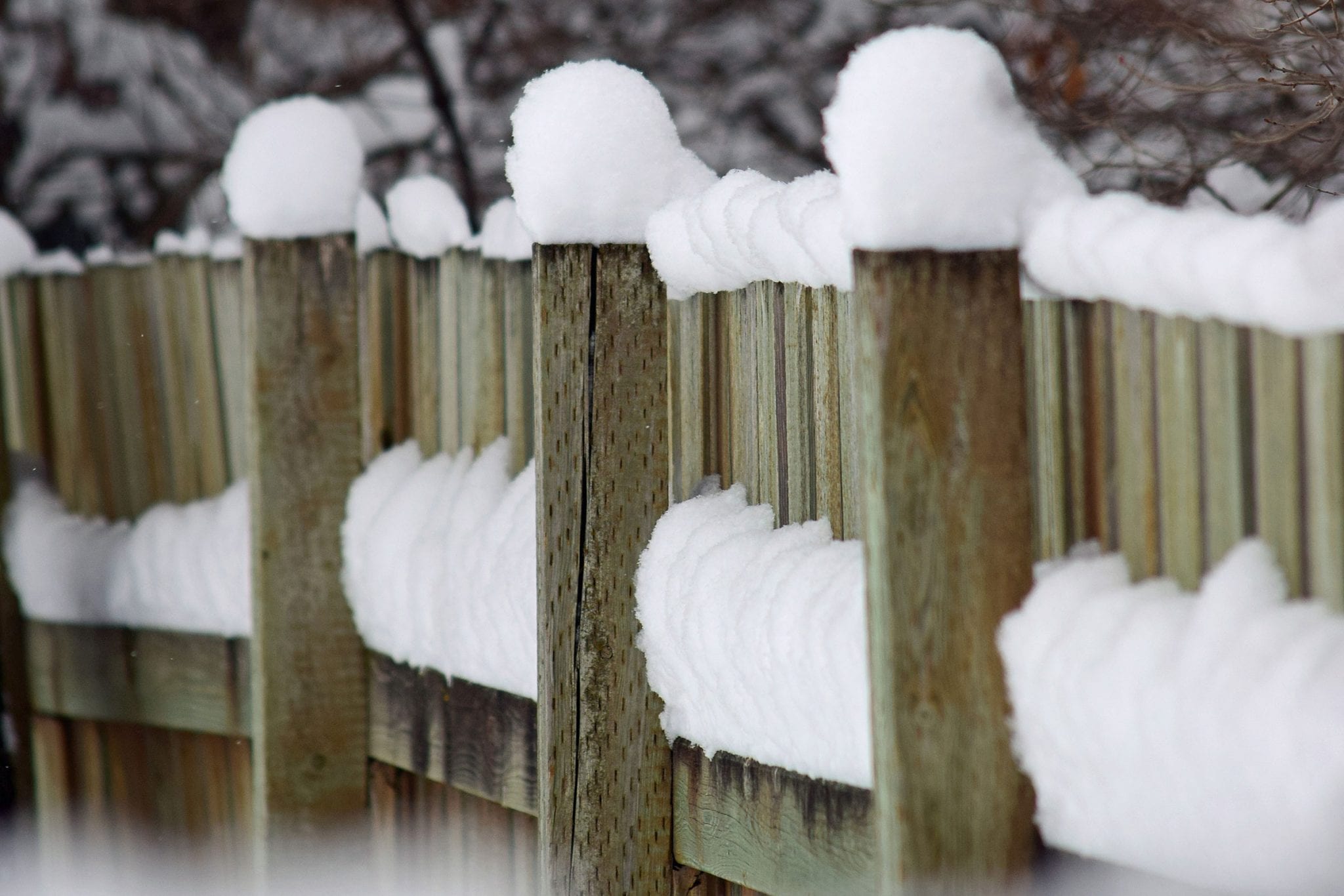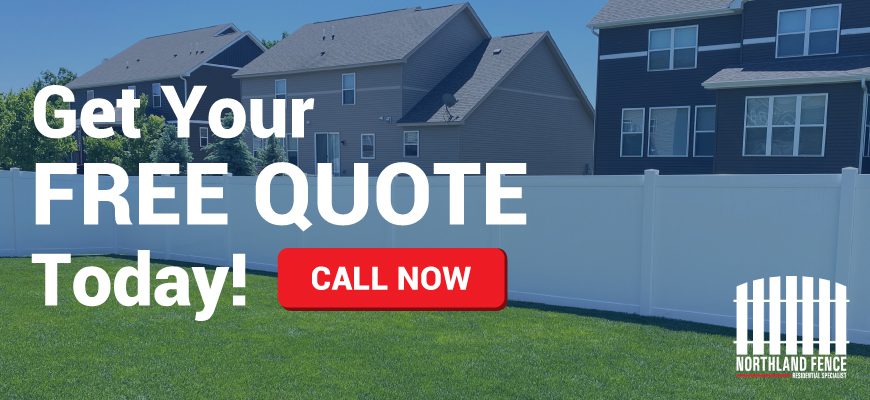Finding an excellent fence for winter will depend on your property and design requirements. In Minnesota, winter fence options need to be durable enough to handle severe winter conditions that include strong winds and several feet of snow.
In some cases, the best fence for cold weather won’t be the most robust material, but the one that can last the longest while still looking new.
Fencing Challenges in Cold Climates
In colder climates, you are going to experience frozen ground, snow, wind, freezing rain, and other harsh conditions that will take their toll on any material that you choose. With these conditions in mind, the best winter fencing will depend on the life of the product, and what works best for your property.
Another challenge is finding the best fence for winter that also has an overall look that you are going for on your property. Many fences will come in multiple color options, but not all of them feature different designs.
For example, vinyl, wood, and aluminum fencing may have a decorative edge or lattice pattern at the top while wrought iron can range from simple bars to very complex shapes. The best winter fence will be the one that has a pleasing aesthetic for your property but is also durable enough to withstand the conditions in your area and last for several years.
Best Fencing Material for Colder Climates
There are several suitable options when you are looking for the best fence for snow, and several of these are reasonably priced and come with long lifespans. Each of these materials is priced differently and have different levels of maintenance, but they are all reliable options for any shaped property.
Wood
Wood may have a naturally beautiful color for the first season or so, but after that, the material will frequently turn grey if not treated appropriately. If you decide to stain or apply a clear coat to your wood, you may get more life out of it before it turns grey, but these products will need applications spaced at regular intervals.
Wood is easy to assemble and is a standard material for most privacy fences. It doesn’t last as long as vinyl or aluminum, for example, but this material comes in many attractive designs and shapes for a custom look on your property.
Wood fence panels can be attached to either wood or metal posts, which provides some options if you decide to switch to another type of fencing later. Wood fencing can also be stained and painted with other colors whenever you wish if you want to change the look of your yard.
Chain Link
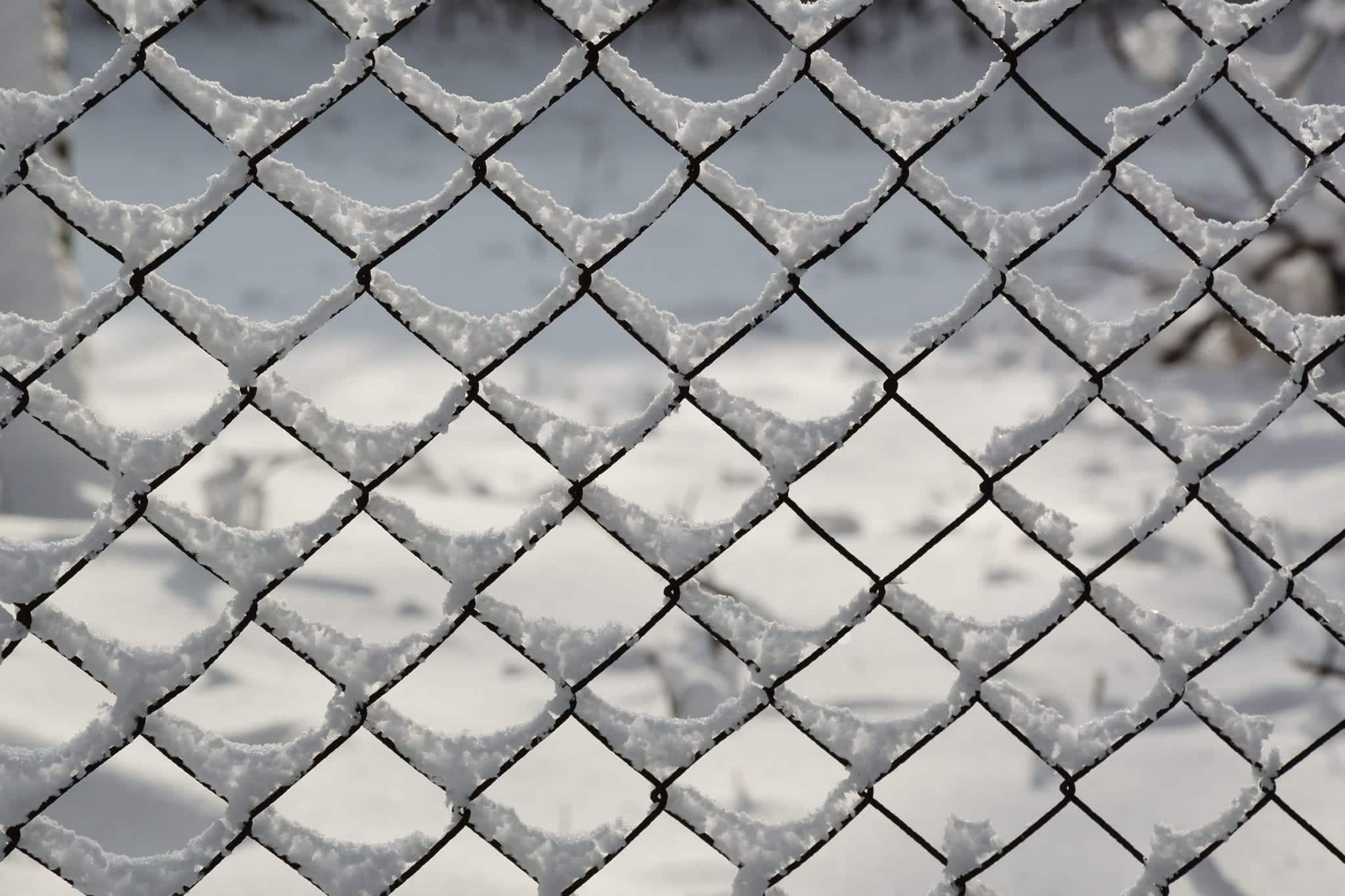
Chain link fencing has the lowest level of maintenance when it comes to fencing, and it’s an excellent option for those that are on a tight budget. Chain link fencing is also very strong and able to withstand brutal conditions without much visual change.
If you have a property with a unique shape and you want a fence that follows that design, a chain-link fence may be the easiest way to achieve that without costing significantly more. These fences are also very secure and durable, which makes them the best fence for snow in many areas.
Chain link fences can also come in a wide variety of heights, which offers greater security than other fencing materials. This type of fencing is also referred to as “hurricane fence,” as this material is known to withstand strong winds and different severe weather that other fences won’t tolerate.
Wrought Iron
Wrought iron fences are elegant and offer a vintage touch to any property. These classy materials are an ok fence for winter that can be shaped to fit your property and help increase its overall value.
Wrought iron also provides a very high level of security as these fences can have sharply pointed caps to keep people out, and unique gates that prevent break-ins. It’s also possible to get these fences in different heights, which makes it even more difficult for people to climb over.
Wrought iron fences are usually made to order, and they can be as unique as you want them. Some wrought iron fences feature custom designs on the panels or family crests on the gates, and these design elements can last for many years.
Aluminum
If you live in a more wet location or your fence will be near water such as a pool or hot tub area, you may want to consider using an aluminum fencing material. The aluminum fence is entirely resistant to water, which makes it ideal for locations where the humidity will be high, and water will frequently be present.
This type of fencing is also suitable for ground that isn’t even or is frequently wet. Aluminum fencing has a design that makes it adaptable to uneven ground, and it’s easy to install in these conditions.
Aluminum fencing also comes in different designs so it can match the existing style of your home or property in any way that you like. There are also several different colors available, and some aluminum fencing mimics wrought iron for a classy look.
Vinyl
When it comes to a vinyl fence, winter conditions are not a concern that homeowners need to worry about as this material is incredibly durable and requires very little maintenance. For those that aren’t interested in maintaining a fence, vinyl is the perfect option that also comes in a wide range of materials and is rather lightweight.
Vinyl has become very popular for its weather resistance and availability in unique styles. This material is also more affordable than wrought iron and more widely available than aluminum in many areas of North America.
DIY
DIY fencing can also be a worthy option when it comes to creating a custom design for your property, and you can choose to use any materials that you wish, such as:
- Wood
- Glass
- Metals such as copper or steel
- Aluminum components
- Old windows
- Large Planters
Many individuals opt for a DIY fence when they want to create something unique for their property, or they feel the need to use their creative juices visibly.
When you create a fence using your design and choice of materials, you can also often save money, wood, for example, can be recovered from old building sites, or pallets and used to create complex or simple designs that suit the needs of the homeowner.
You can also mix different materials together for added longevity, such as combining galvanized posts with wood fence panels, or aluminum components. Some avid DIY’ers even 3D print materials to use for their designs.
Durable Fencing Options
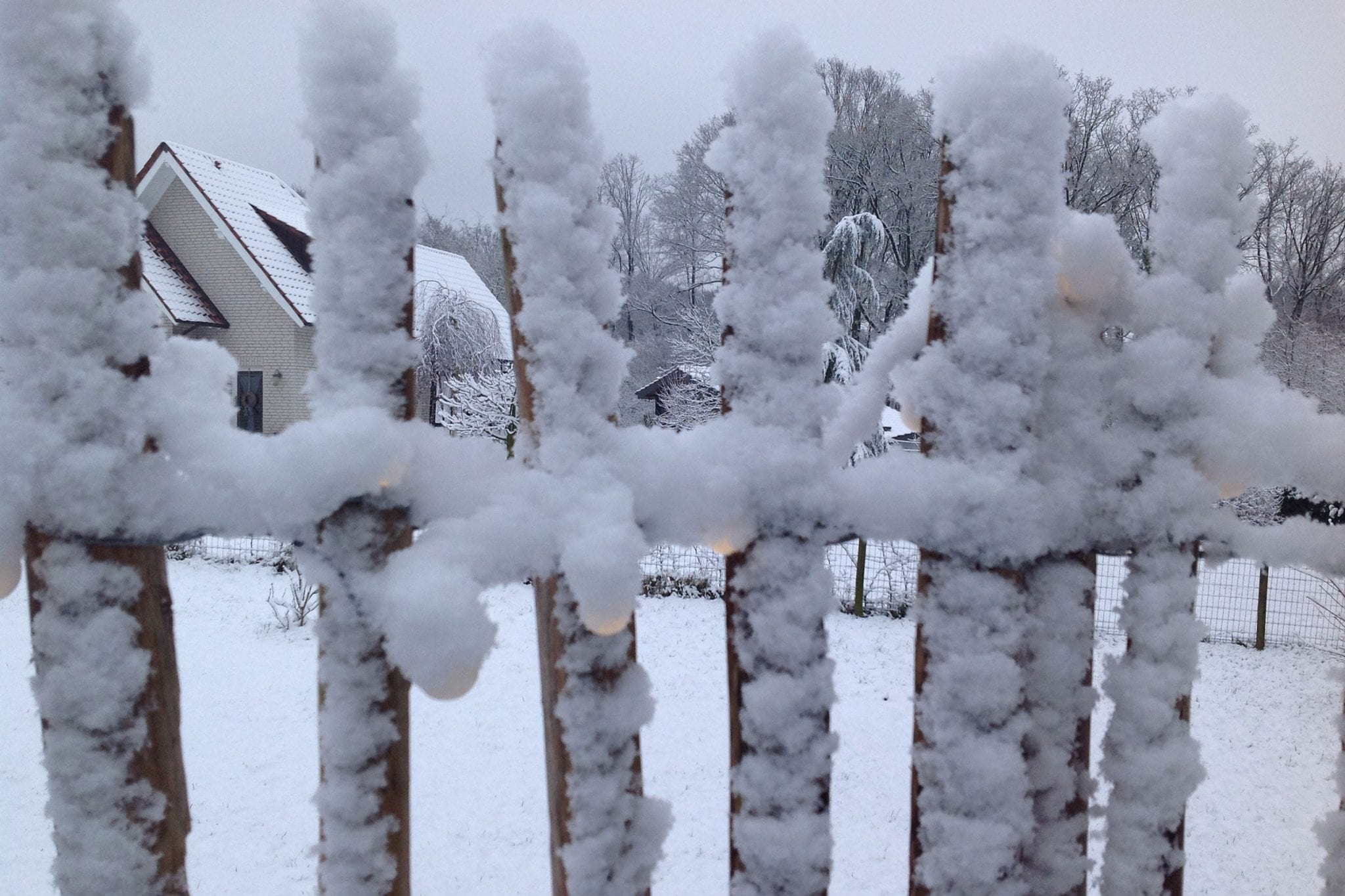
The most durable fencing option will depend mainly on the conditions found on your property, and Minnesota winters are known for being harsh, windy, and very cold. Sometimes these conditions mean that water or ice stick to the surface of the fencing, and this can create problems later on in the form of rot or damage to the fence surface or joints.
Fencing may also require maintenance, and if the homeowner isn’t up for performing this maintenance, the durability of the product may be significantly reduced. Some fencing options require little to no maintenance and are very durable with no intervention, but these options are not always the most attractive.
Even vinyl or aluminum fencing will undoubtedly require cleaning at some point, and white fences tend to show dirt sooner than those that are a natural wood tone. Keep in mind that wrought iron will require more protection from water than other materials, or it may rust.
When you are deciding on the best fence material for you, it’s worth looking at the level of maintenance and upkeep involved, given the weather conditions in your area. If you want to keep snow from blowing across your property, you should also find fencing that helps to prevent this by acting as a windbreak.
Can Fencing Be Installed During Winter?
Most fencing companies will tell you that fences should not be installed during the winter as the ground is frozen, and when it thaws, it may shift. This shifting in the spring can cause your fence to become uneven or even noticeably crooked, which will require significant labor to fix in many cases.
Some fencing options are less likely to become twisted when installing in winter, and the adaptability of aluminum makes it an ideal material if you have to have a fence installed during winter. If the ground on your property is too wet, however, you are at higher risk for your fence shifting in the warmer months and becoming uneven.
Installing your fence during winter is also a difficult task given the amount of snow and ice on your property as the installers may have trouble finding the real surface of the ground. Many installers have methods for getting around this, but less flexible fencing materials like wrought iron should have proper installation that includes mounting to posts situated firmly in the ground.
